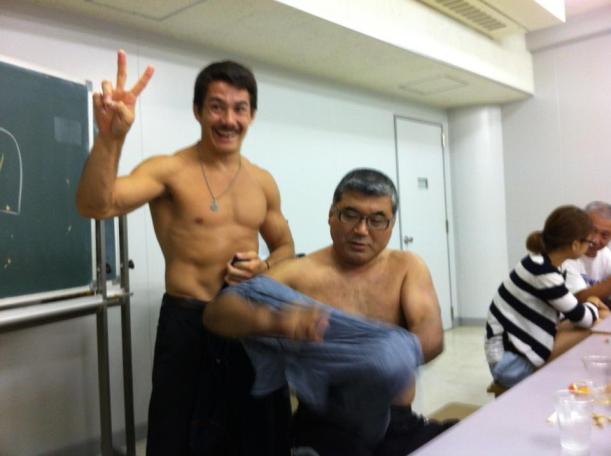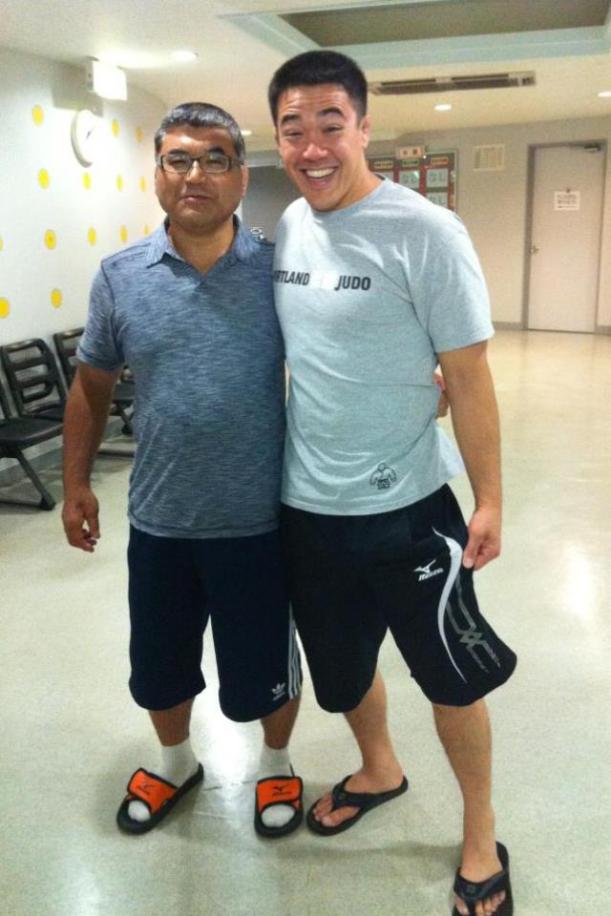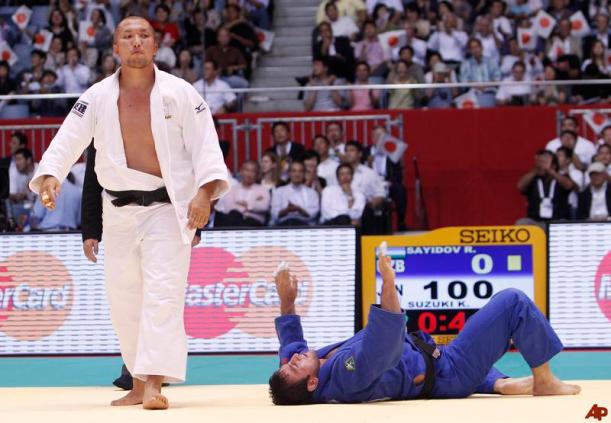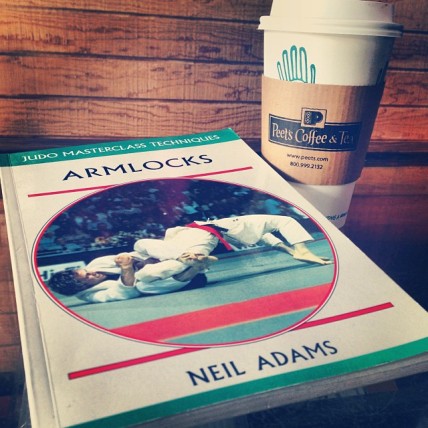You probably have heard this in the dojo before, “Be a good partner.” Well what does that mean? Below, I go over some general characteristics of what I feel makes a great training partner. Do I do all of these things? Mostly, but no one is perfect. You’ll probably realize that you do most of these things already, but like a good sensei or professor will say, it’s always good to review.
#1. Be clean.
If you were to ask just about anyone who trains what their biggest pet peeve is about training, I’m willing to bet that their answer would be partnering with a filthy partner. Does it get much worse? It’s a terrible experience being with a partner whose gi has not been washed after the last practice and whose hair is greasier than a meatball sub. The smell and the gesture of wearing a dirty gi is down right rude and it’s also dangerous to others. With the threat of rashes, you’re putting everyone you come in contact with at risk.
You dirty bastard.
Cut your nails, wash your hair, shower, wash your gi, and brush your teeth. This will get you about 98% of the way towards being clean for practice. The other 2% comes from being a decently clean, knowledgeable human being. Be the person you’d want to partner with.
#2. Receive the technique. Physically.
This is what being an “uke” literally translates to, a person who receives technique. What does that mean? To me, it means that you give your partner proper energy when they are applying or drilling a technique. There is nothing worse than an uke who either lays completely limp and lifeless, or the opposite, where a partner remains extremely rigid and resists everything. Scale your energy to the person doing the technique.
There is a delicate balance of the energy and feeling you should give your partner when receiving his or her technique. Your energy, too little or too much, will determine the quality of the applicants’ practice and repetitions. Help your partner get a quality practice and they will do the same for you.
#3. Avoid the auto-pilot. Mentally.
Sometimes being in the mental state of practice, it’s easy to turn on the auto-pilot and coast while your partner does his or her technique. Being an uke is a great time to focus on becoming better and improving your own skill. You can execute this by focusing on what your partner is physically doing to you. Try and feel what he or she is doing that is good. What can they improve? When it’s your turn to drill, remember these key points and apply them as needed. Did it feel better when your partner pulled your sleeve a certain way or maybe when they put their foot in a certain spot? Become attune to these minuscule details, then turn around and apply them to your own techniques.
#4. Know your place.
Nobody likes a know-it-all. If you have a tip and you are in the position to be giving advice, do so! There is nothing wrong with an active partner giving advice on how the technique applicant can better his or her technique. NOTHING. But I see the line crossed when advice is either unwarranted, not asked for, or given from a wrong place. Sometimes people want to flex knowledge and give advice with no intention of actually helping their partner. Advice given simply by regurgitating terms, facts, or something unrelated to the technique entirely, to satisfy their own feelings. Don’t be this person. If in doubt, ask the sensei or professor to make the call.
#5. Willingness
To sum up this post, you can usually become a better uke by asking yourself the simple question of, “What can I do to maximize my partners’ training experience?” I can be clean, I can give them my body both physically and mentally, and I can also, most importantly, be willing to do all of these things. If you take the selfish route and only look to improve yourself when only doing your techniques, you’re not maximizing your time or your partners’ time. So do yourself and your entire gym a favor and become a better uke. Being an excellent uke is an art form that is both under-rated and under-practiced.
Don’t believe me.
Believe in Koga.










